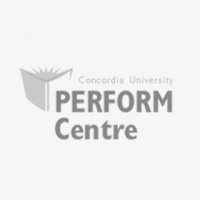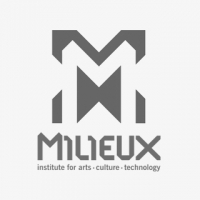
We are scientists, artists, therapists. We work to advance medicine through communication, community, creativity.
Can we study pain by shedding on it the light of play?
Chronic pain (CP) is a debilitating public health concern that affects anywhere between 16%-41% of Canadians, with factors such as age, gender, cultural context and socioeconomic status explaining the high variability. Chronic pain challenges researchers, clinicians, pharmacists, and policy-makers at several levels, because the elusive nature of pain perception makes it difficult to quantify and qualify pain thus increases the need for a personalized and trial-and-error based pain management system. This increased the cost of care for untreated patients, and also increased the risks of secondary effects due to stress, disability or medication toxicity. Play the Pain is conceptualized with recognition of the tremendous benefit of mHealth approaches to involved patients in self-monitoring, pain tracking and data recording as a way of collaborative decision making with clinicians. In pain research, electronic pain diaries were introduced about two decades ago, with the explicit purpose to create a taxonomy of pain with attention to the psychological and temporal profile of pain experience.
Can we design playful and innovative information and communication technologies that will help us study pain qualitatively, through building 'virtual' communities for digital creativity? One in every five of us is suffering from chronic pain. Pain researchers admit that pharmacological sciences are limited: 'Pain is a psychobiologically complex phenomenon.'; 'Experiences of pain are vastly different depending on individual and social circumstances.'; 'There are no methods to quantify the quality of experiences.', etc. We come together to sketch a few ideas about how to use art as an instrument for communicating and documenting the diversity of personal experiences of pain and resilience.
WHAT ARE WE GOING TO DO?
This is a discussion forum for us to share ideas about the many ways that pain is experienced and expressed (day 1); and the alternative coping strategies that involve psychosocial, or individual creative activities (day 2).
LOCATION: 4TH SPACE, J.W. McConnell Building (1400 De Maisonneuve Blvd. W.),Sir George Williams Campus, Metro Guy-Concordia
DAY 1 (How to Express Pain?) Oct 1 2019 (Starting at 10:00)
10:00 What is Play the Pain? (Introduction and Welcome remarks by Najmeh Khalili-Mahani )
10:30 Creative Communities (Janis Timm-Bottos)
12:00 Brown bag lunch & chat (coffee will be served)
13:00 Resilience Through Symbols [round table] (Sabrina Landecker)
15:00 neuroScientific Boundaries: Where is the pain in the brain? (Mathieu Roy)
16:30 Words That Relate [writing workshop] (Marie-Paule Grimaldi)
DAY 2 (How to Act Pain Out?) Oct 2 2019 (Starting at 10:00)
10:00 Distractions [ brain & pain & play] (Mathieu Roy's students)
10:30 Music & Healing (Ingrid Wissink)
11:30 Meditations [yoga] (Afra Tucker)Brown bag lunch & chat (coffee will be served)
13:30 Dr Clown Foundation [theater] (Melissa Holland)
14:45 Why Can pain make us laugh? Charlie Chaplin and toothaches [film] (Rosanna Maule)
16:30 Disco Through Pain [improvise dance] (Sarah Wendt)
Activities will start on time. There is a 10-15 min break between each activity. Please feel free to drop in even for a little.
If you like to participate in future activities, please email media.health@concordia.ca
The Team Behind the Project
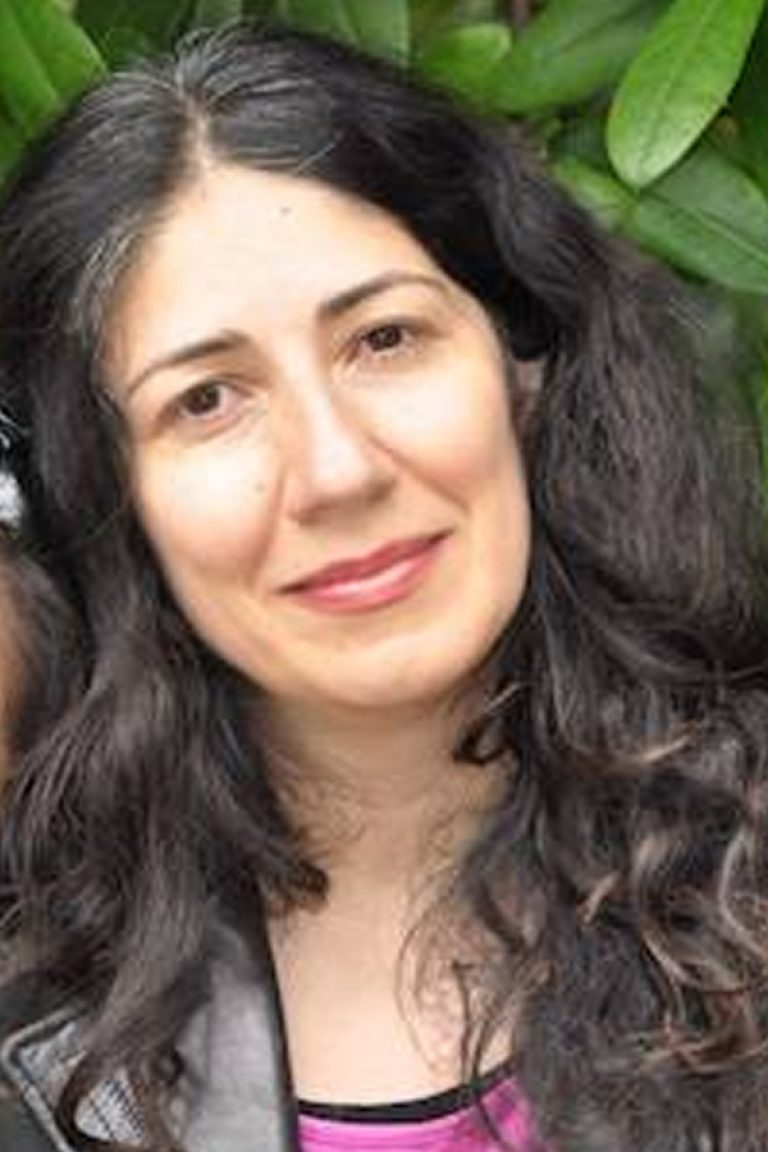
Najmeh Khalili-Mahani
Neuroscientist / Organizer
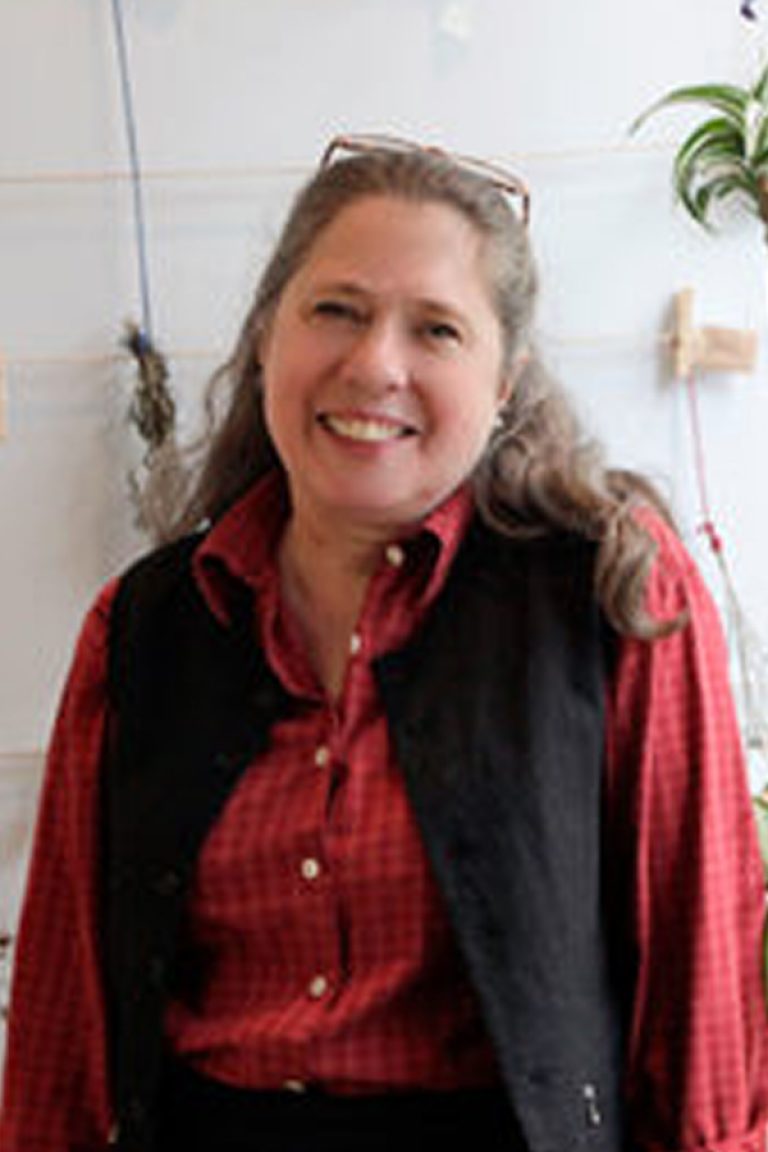
Janis Timm-Bottos
Professor / Art Therapist
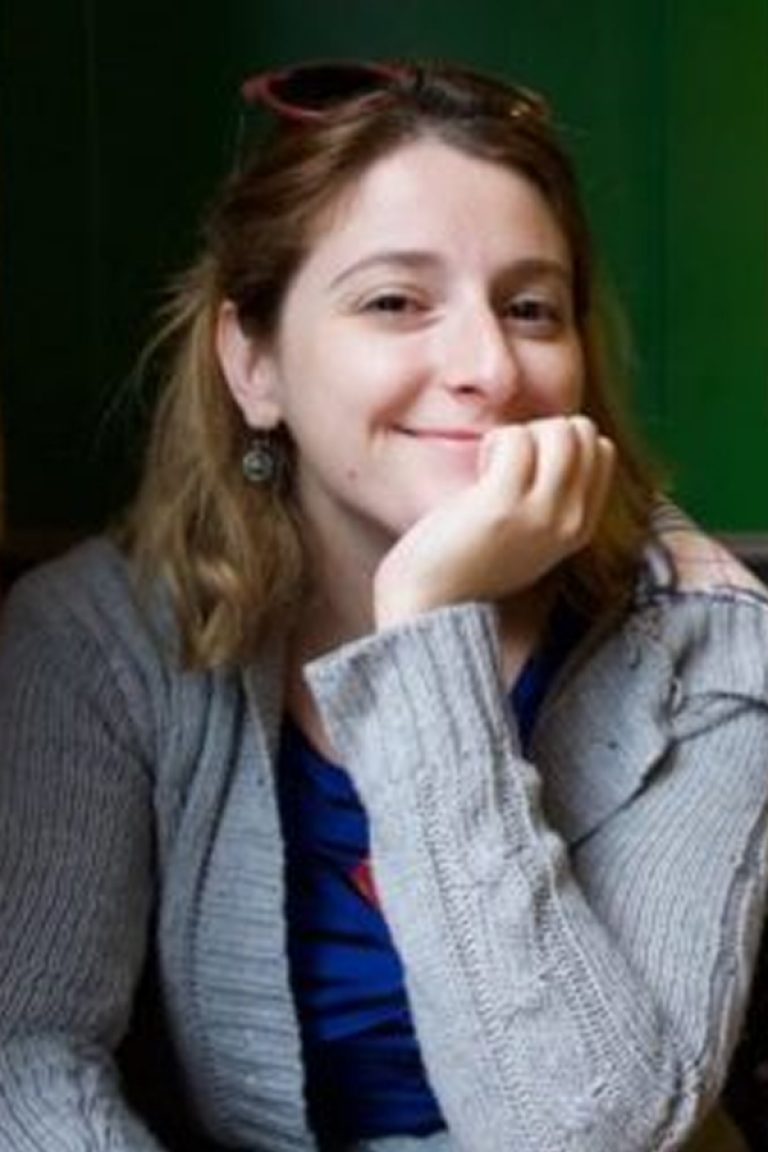
Sabrina Landecker
Artist
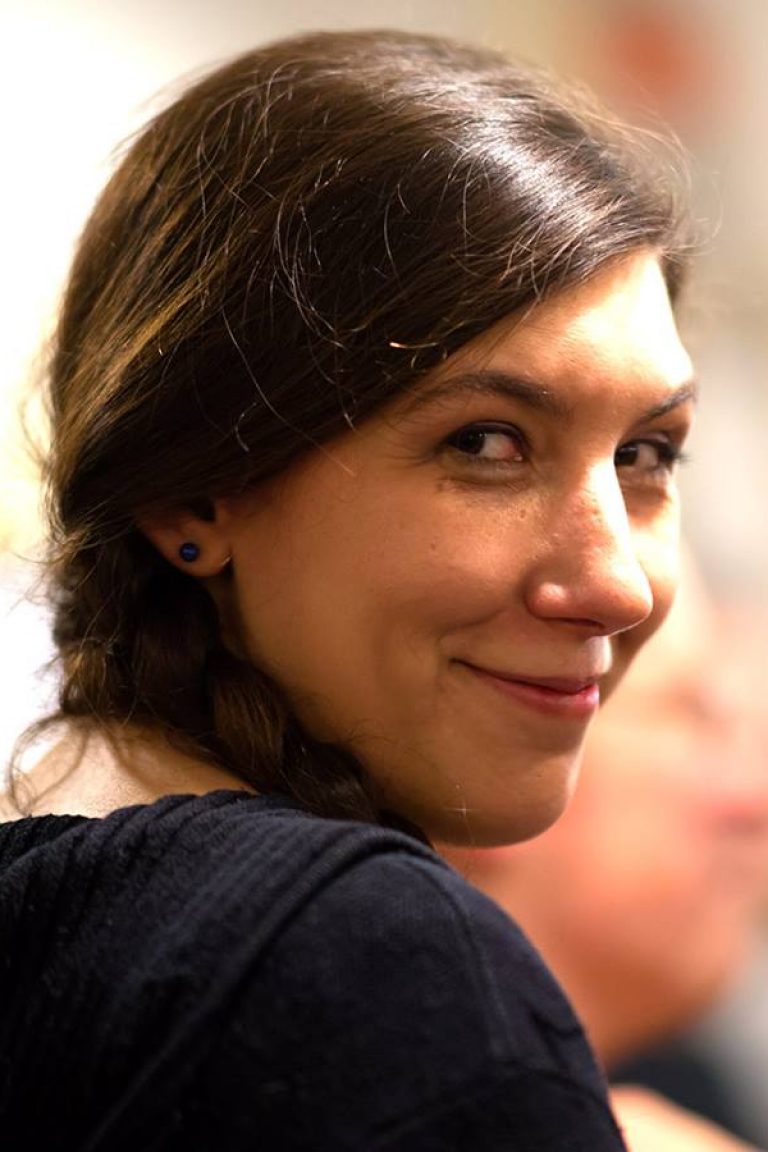
Marie-Paule Grimaldi
Poet

Mathieu Roy
Neuropsychologist

Christophe Tanguay Sabourin
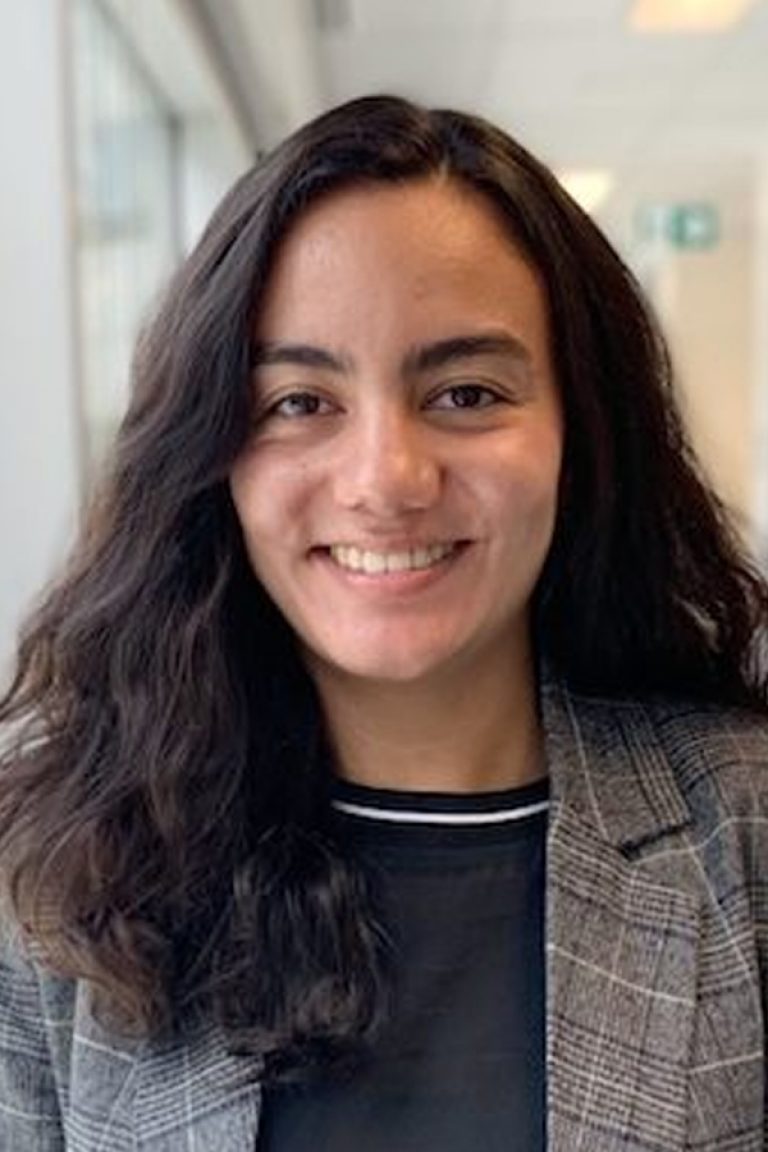
Anaïs Lépine Lopez

Ajar Diushekeeva
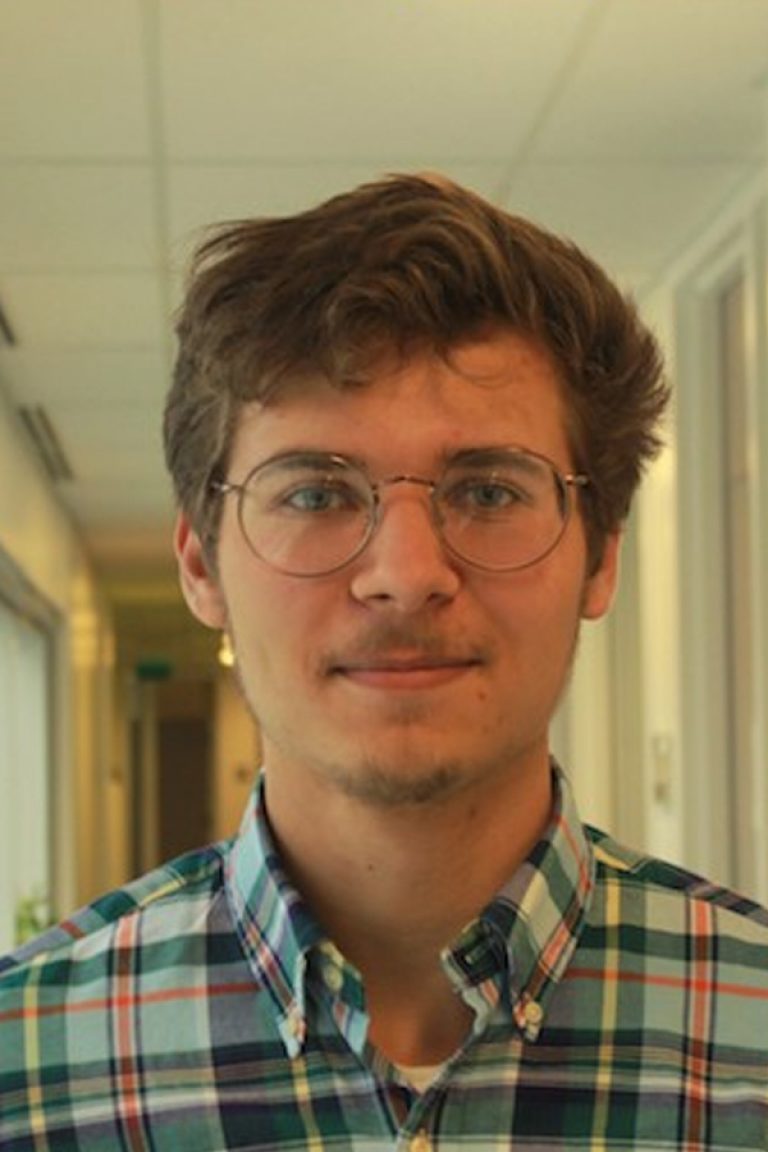
Darius Valevicius
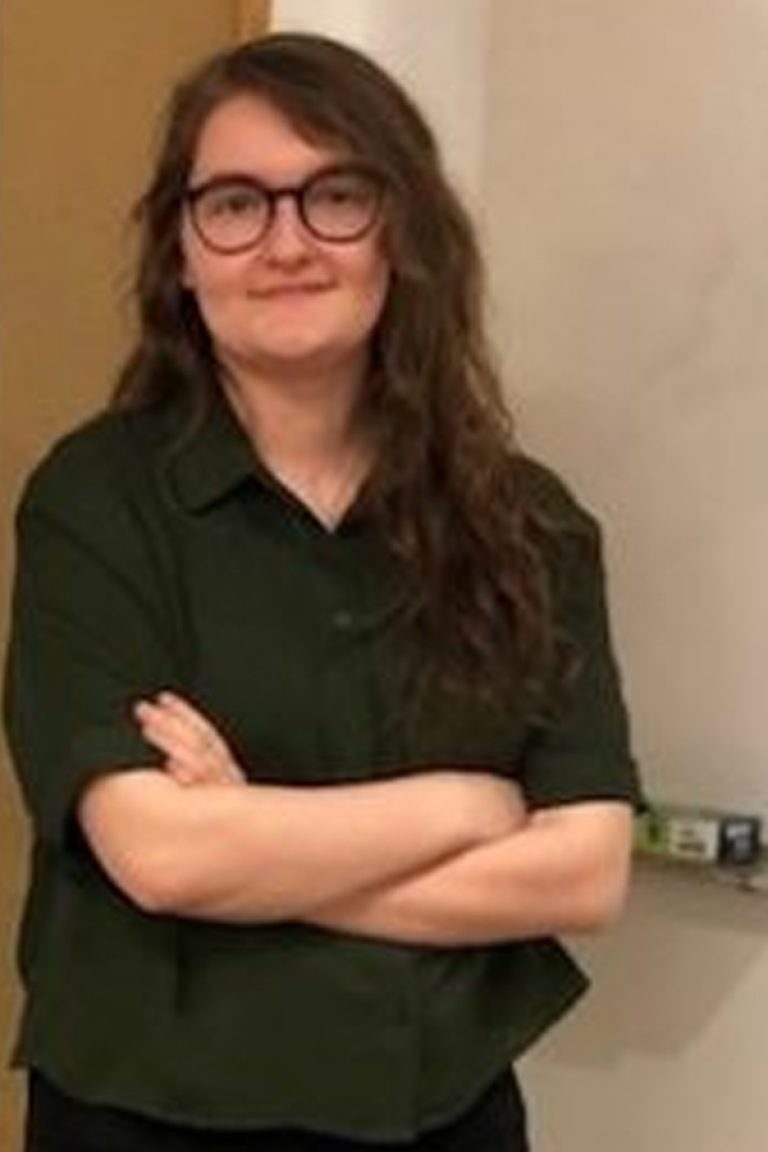
Sophie Desjardins
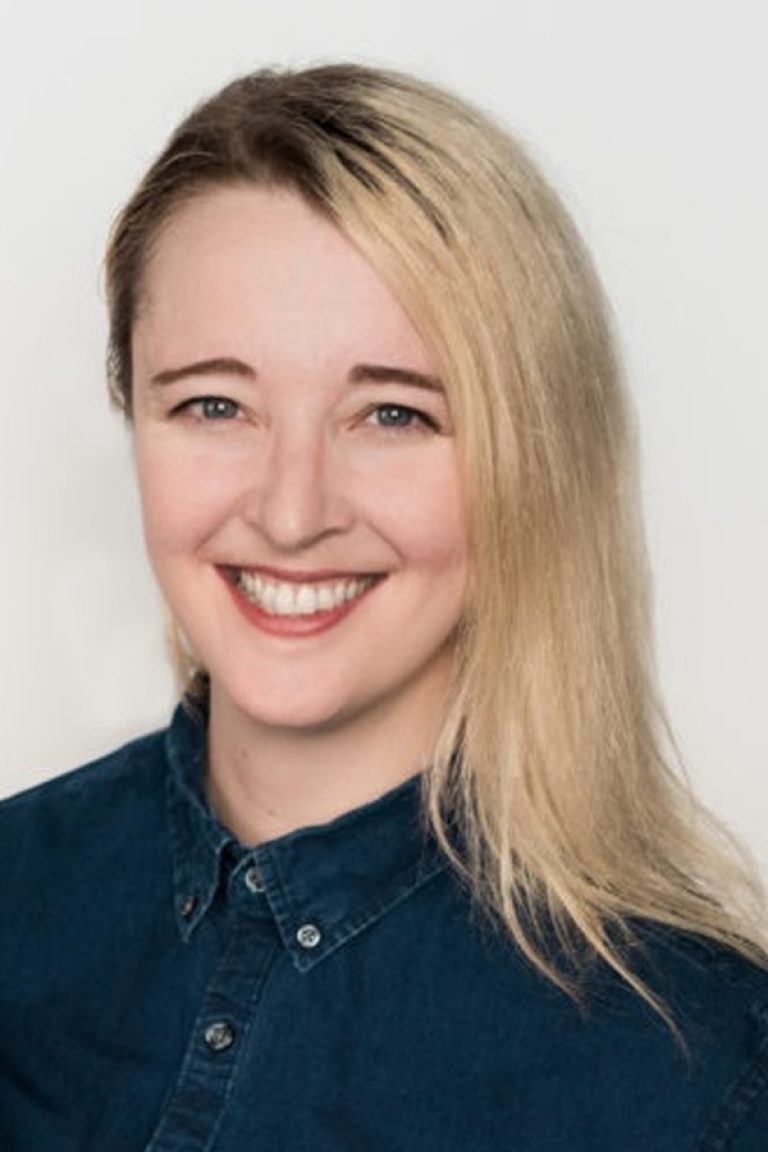
Ingrid Wissink
Musician / Therapist

Afra Tucker
Yoga teacher / Psychology student

Melissa Holland
Theater Artist / Dr. Clown
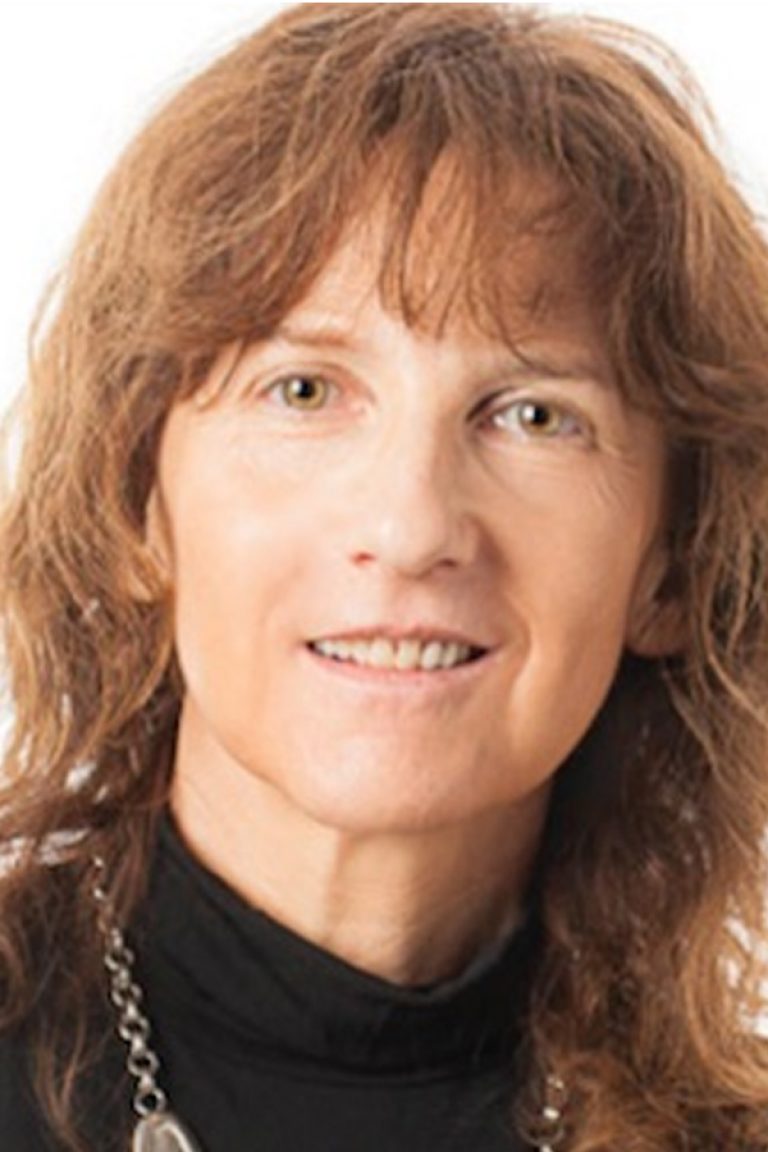
Rosanna Maule
Professor / Filmmaker
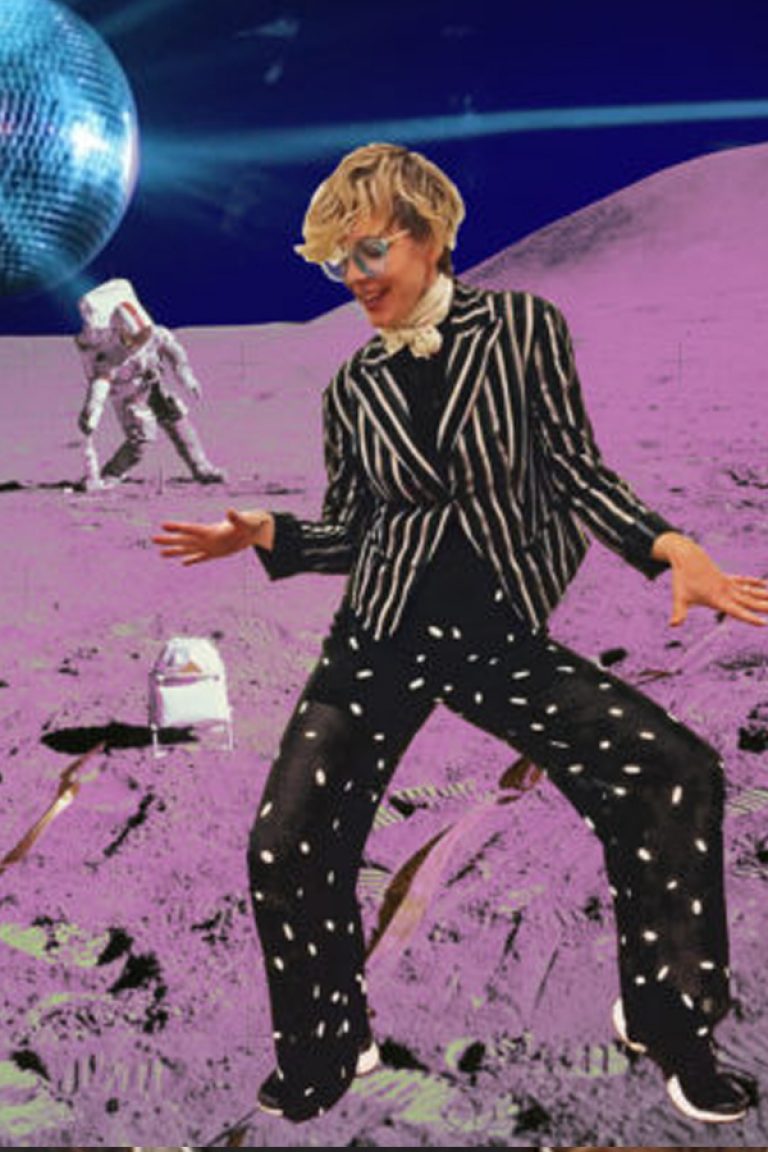
Sarah Wendt
Artist / Dance Teacher

